The Londoner is probably best known for what many consider to be the world’s first ever stressed monocoque racing car, the Lotus 25. The simplicity of the classic, cigar-shaped racing car is staggering and the principle (now in carbonfibre, rather than aluminium) is still used today.
Chapman’s mid-engined single-seaters (after fellow British garagiste John Cooper had led the way) transformed Grand Prix racing at the turn of the decade from the 50s to the 60s. Teams such as Rob Walker Racing and UDT Laystall could now buy ready-made racing cars and engines ‘off the shelf’.
And these production racing cars were fast enough to win F1 races (of which many were non-Championship, it has to be said). Fast – but fragile. Big accidents suffered by Stirling Moss, Alan Stacey and Mike Taylor showed the other side of Chapman’s ‘as-long-as-it-crosses-the-line’ philosophy.
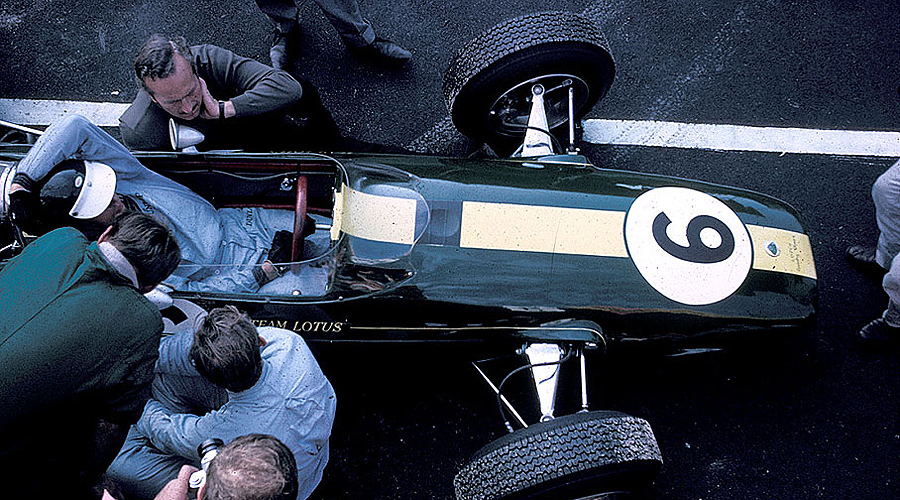
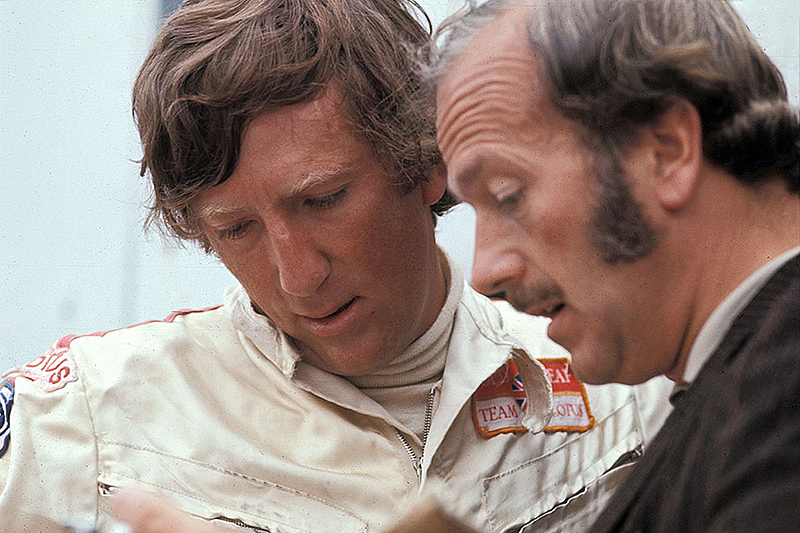
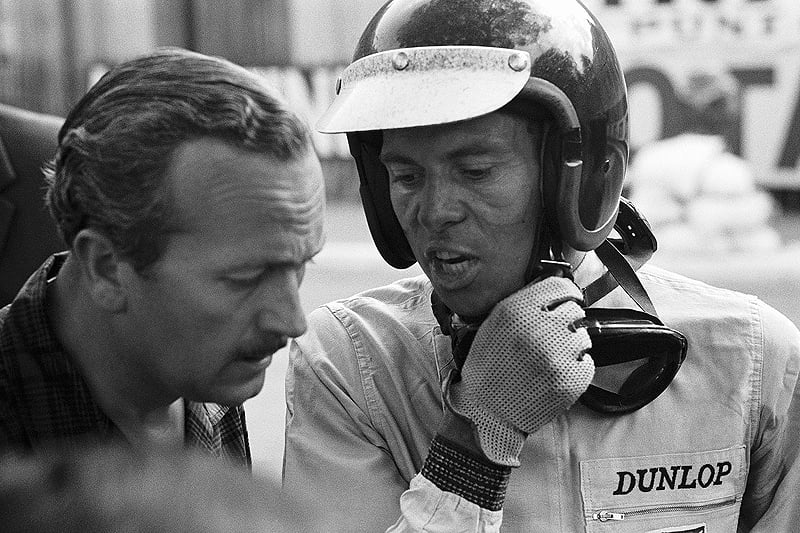
The immediate predecessors to the Type 25 were tubular framed, with heavily braced joints and separate bodywork attached by Dzus fasteners and pins. Gradually, as aluminium sheet was used more and more to reinforce the chassis, and pinning the bodywork to the chassis was found to enhance its stiffness yet further, Chapman came to the conclusion that an entire chassis/body structure in aluminium sheet would allow the tubular chassis and most of the bodywork to be done away with altogether.
The monocoque was born.
Further innovative designs included the 1967-70 Lotus 49 (Hill winning a World Championship in 1968) with its Cosworth V8 bolted directly to the monocoque, the ‘wedge’ Lotus 72 (Rindt, the first and only posthumous World Champion in 1970), the first mid-engined car to win at Indianapolis (Clark, 1965 in a Type 38), the ground effect Lotus 78 and 79 (another F1 Championship, this time for Mario Andretti in 1978). There were also the 4wd gas turbine Indy cars.

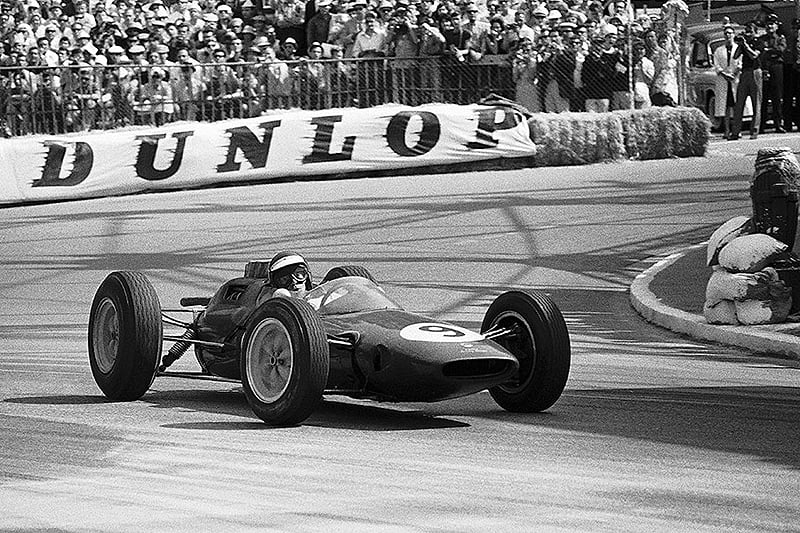
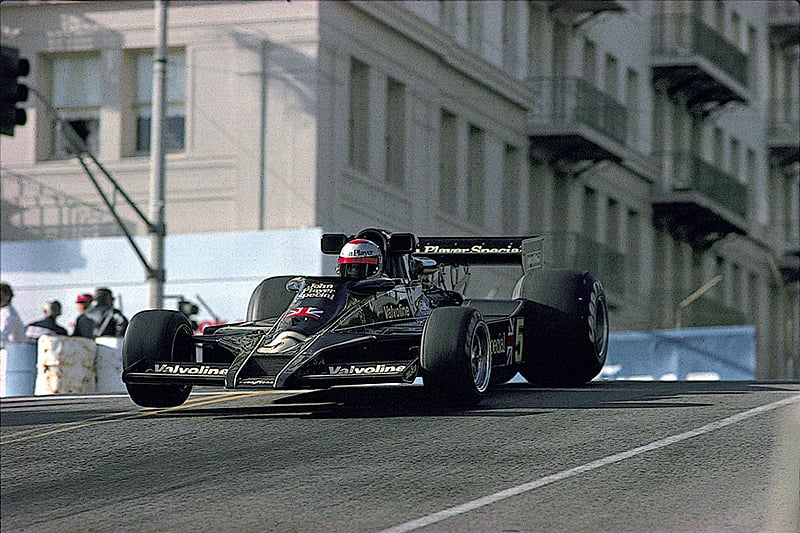
In addition, Chapman introduced big money sponsorship to the sport. Not only did the cars look like ‘cigar tubes’, they were painted like them, too.
He died of a heart attack in December 1982 at the age of 54. The glory years of Team Lotus were over. In any case, the technical rules were now becoming so tight that the age of true innovation was ending.








